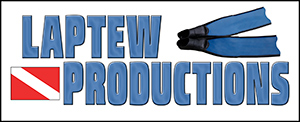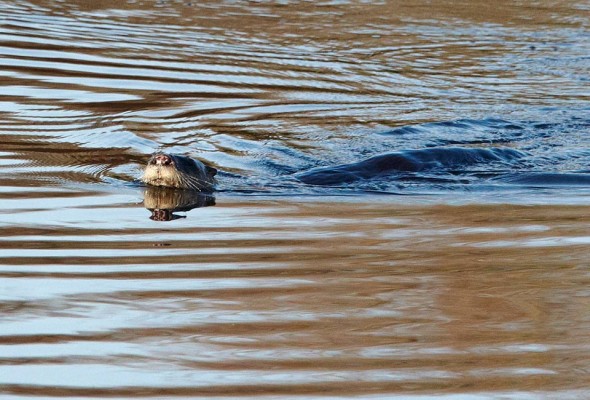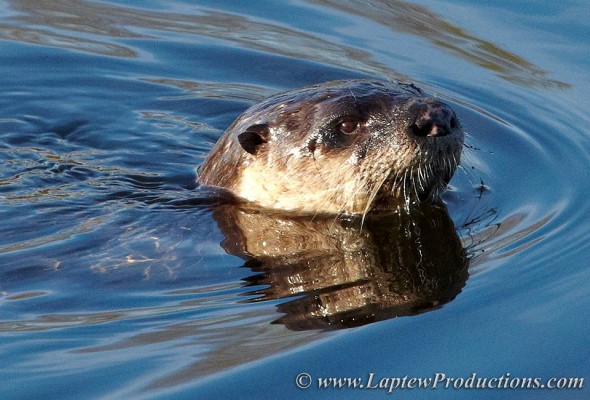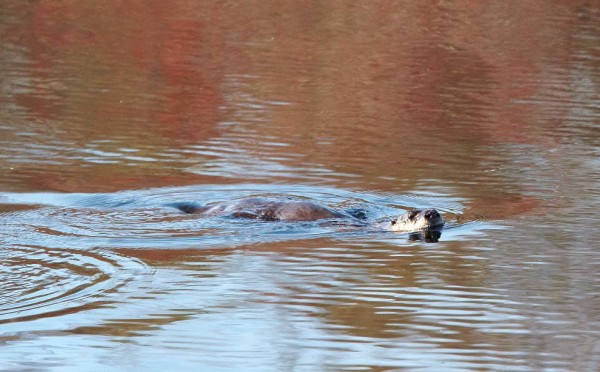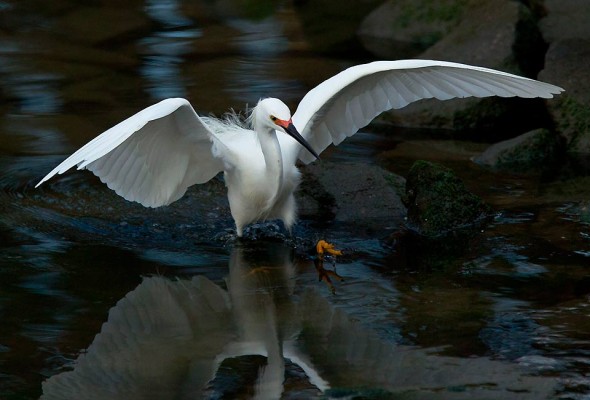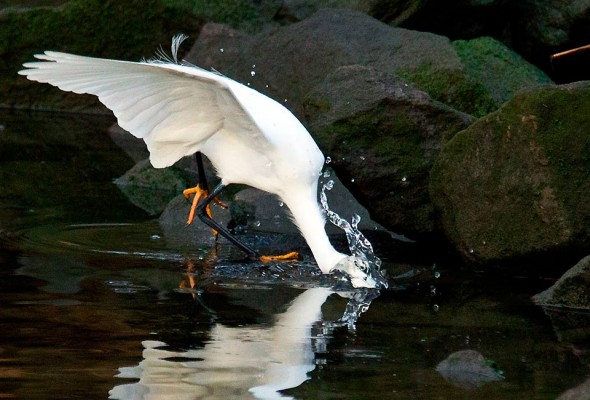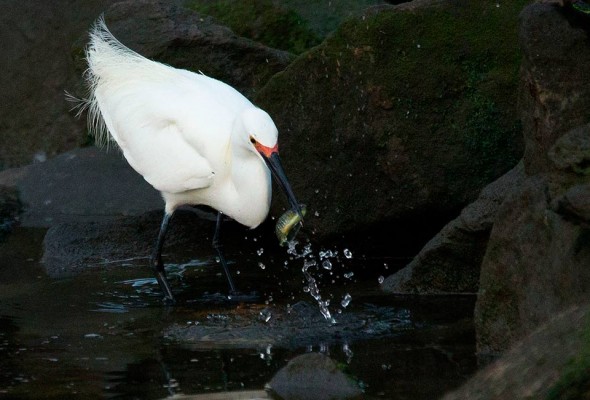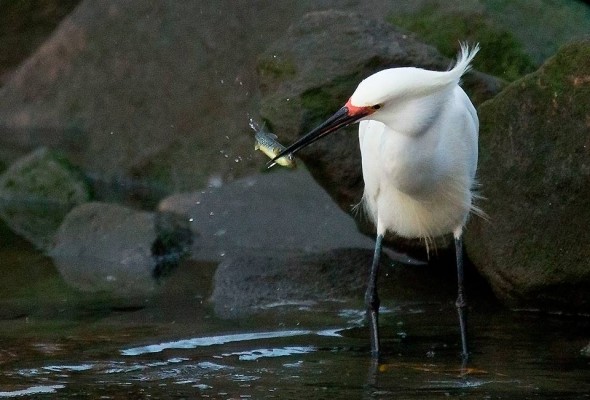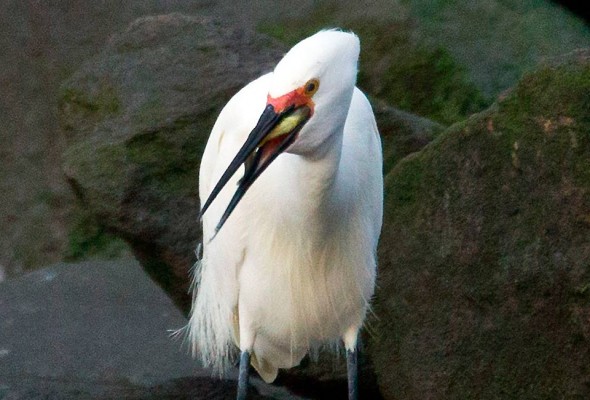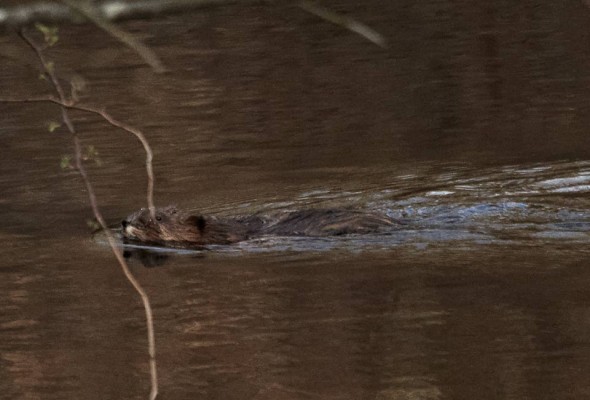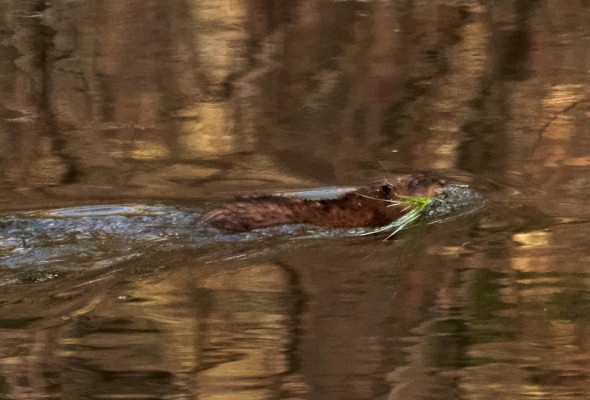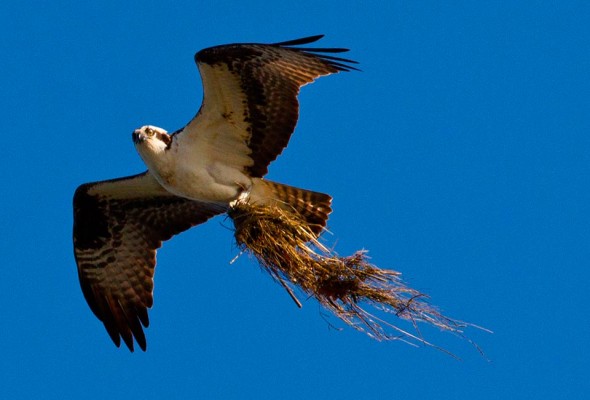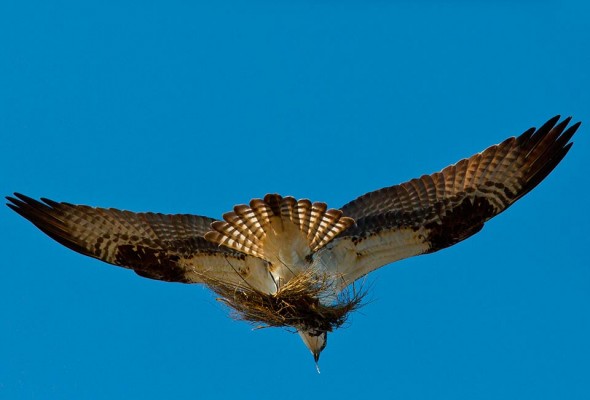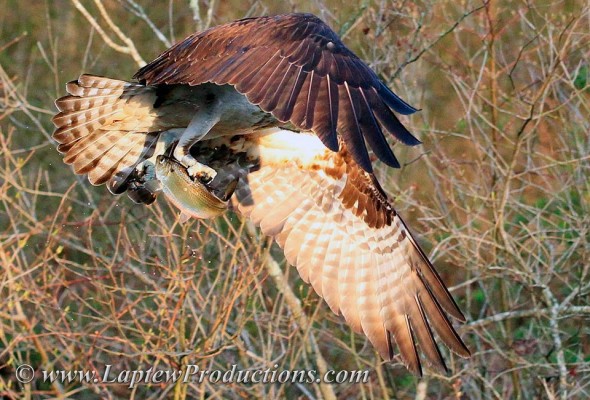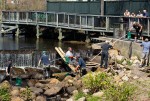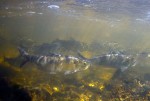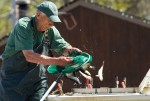Tag : forest
Laptew Chronicles
Rhode Island’s Web of Life
Part 1
River Otter
River otters can live 10 to 20 years. These three and half to four foot long mammals depend on clean water and a healthy supply of fish, frogs, snakes, mice, birds, crayfish and mussels.
River otters digest and metabolize food so quickly that food passes through their intestines within an hour.
Click to enlarge any of these images
Snowy Egret
The snowy egret stalks the marshes, coves and rivers for small bait fish such as mummichog, spearing, sand eel or sand lance
Muskrat
These semi-aquatic rodents feed primarily on aquatic plants and they can be found in slow-moving-streams, coastal and freshwater marshes, lakes, ponds and swamps.
They are prodigious and can produce up to 3 litters per year, each with 6 to 7 young. Breeding takes place from late March through July.
Osprey – The Fish Hawk
When the ospreys return to Rhode Island they start tidying up their nests with sticks and grass. Osprey mate for life and return to the same nest year after year.
River Herring
Alewives and blueback herring have an enormous impact on the environment and they are a vital component to the food chain.
A group of volunteers help the Rhode Island Dept. of Fish of Wildlife scoop out and transport herring to an aerated truck. These herring will be transferred to the Pawcatuck watershed where they will fortify 1300 acres and 8 stream miles.
Check back for Rhode Island’s Web of Life – Part 2
12 years, 11 months ago
0
